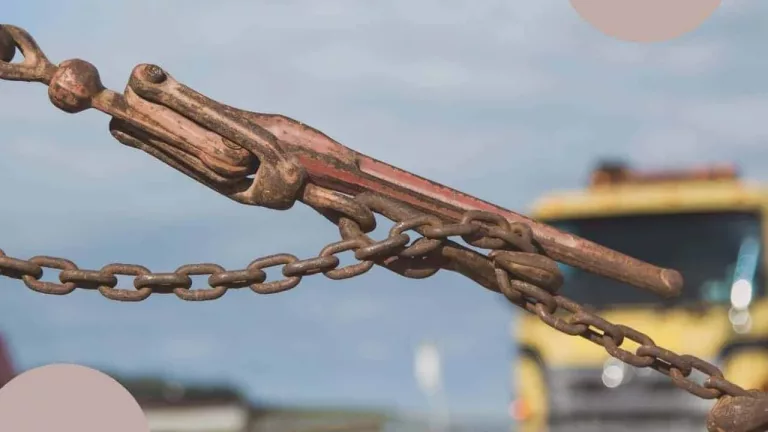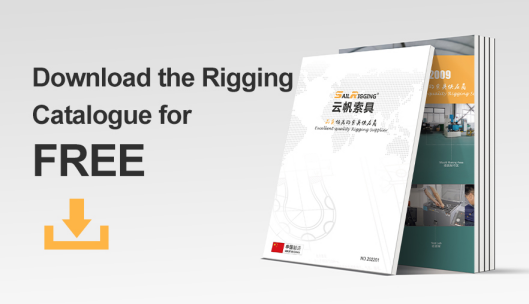Load binders are essential tools in the transportation and cargo industry, playing a crucial role in securing loads during transit. Lever load binders and ratchet load binders are two common types, each with its unique features and advantages. In this article, we’ll explore the key differences between lever load binders and ratchet load binders to help users make informed decisions based on their specific needs.
1. Tensioning Mechanism:
Ratchet Load Binder: The ratchet load binder employs a ratcheting mechanism for tensioning the chain. Users operate a handle to incrementally tighten the chain, allowing for a controlled and precise tensioning process.
Lever Load Binder: Lever load binders use a lever as the tensioning mechanism. The lever is manually operated to create tension in the chain, and a locking device secures the tension.
2. Operation:
Ratchet Load Binder: Known for ease of operation, ratchet binders are advantageous in confined spaces or when a gradual and controlled tensioning process is essential. Users simply crank the handle to tighten the chain incrementally.
Lever Load Binder: Lever binders require more physical strength as they involve manually applying force to the lever. The lever, typically longer than a ratchet handle, may require more space for operation.
3. Release Mechanism:
Ratchet Load Binder: Releasing tension in a ratchet binder is usually a straightforward process involving flipping a release lever or pressing a release button. This ensures a controlled and gradual release of tension.
Lever Load Binder: Releasing tension in a lever binder requires lifting the lever and manually releasing the chain. While quicker than the ratchet binder, this process may be less controlled.
4. Cost and Durability:
Ratchet Load Binder: Ratchet binders may be slightly more expensive, but they are often considered more durable due to the incremental tightening mechanism. The controlled process can contribute to a longer lifespan.
Lever Load Binder: Lever binders are generally more cost-effective but may experience more wear and tear, particularly if the lever is subjected to excessive force during operation.
In a conclusion, choosing between lever load binders and ratchet load binders depends on various factors, including personal preference, load requirements, and user familiarity. The incremental control offered by ratchet binders is favored in many situations, while lever binders may be preferred for their simplicity and cost-effectiveness. Regardless of the choice, it’s crucial to adhere to manufacturer instructions and industry safety guidelines to ensure the proper and safe use of these essential load securing tools. If you want to know more about load binder, pls feel free to contact Sail Rigging.





